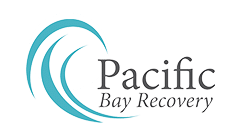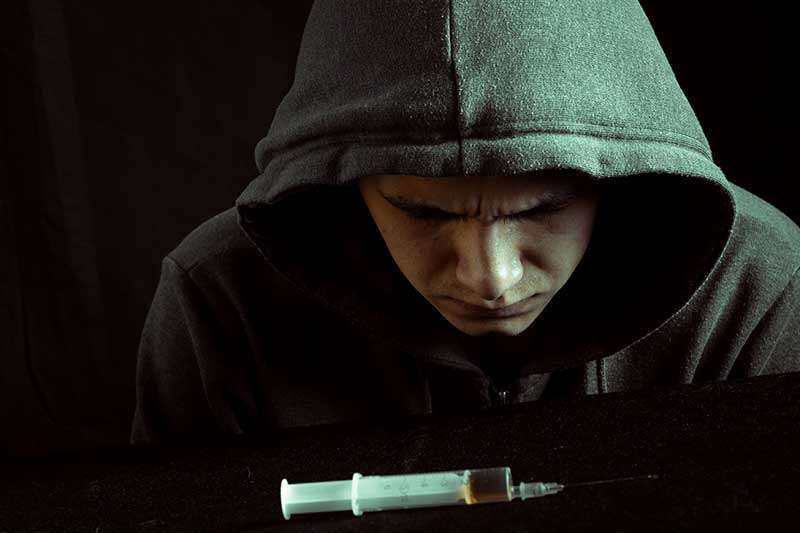Three Options for Drug Abuse Treatment
The options provided here depend greatly on the level of drug abuse you are at when you decide to find help. We call this the status of a patient within the rehabilitation program designed and customized for that patient, based on an assessment completed by our medical professionals.

The first status level option is the in-patient detoxification program during which you, as the patient, will go through two weeks (or more) of staying off the drugs you are taking. These pills can be prescribed drugs or illicit drugs which you are taking too much of and you need advanced help getting off them. You must be an in-patient so you can have medical and counseling care 24/7 during this time.
The second status level option in treatment for taking drugs is remaining under observation as an in-patient after detoxification while starting your behavioral therapy and counseling. This is an important stage as your body is moving into chemical recovery, and you are getting back to your normal self. But your thinking processes are still the same, requiring a reset in avoiding trigger situations.
The third patient status option is as an out-patient while going through a combination of physical observation, follow-up, and continued behavioral therapy. You may not have been using drugs for a very long time and it is easier now to adjust to a normal life. However, you still need constant behavioral therapy to reinforce your new thinking processes. We discuss each option level further in the next three sections.
In-Patient Detoxification Program
When you enter the program, you first have a full physical and mental assessment to determine what your chemical readouts say about how many drugs you have taken over time. You can also request to have your family doctor send over your medical records which may show where your medical benchmark is from previous assessments in past years.
After a physical assessment, you will have a behavioral assessment where you are asked a lot of questions about your history and how you think about certain things. Once you have done this, a customized program is created for you, based on the following factors, according to Addiction Center
- What drugs do you take and abuse
- How long you have been taking them
- How much of the drug(s) you take each day
- Application methods, such as oral, injection, snorting, etc.
- Current and past family medical issues
- Your behavioral assessment factors
After you complete your assessments and have a check-in date, you can take care of outside business before entering the program. Set up automatic payments for your bills, make sure that any pets you have will be cared for, pack your bag with necessities, and then check into the rehabilitation center.
The detoxification program usually takes about two weeks, but the first 78 hours under medical observation during detox, are crucial as your body expels the chemical buildup in your bloodstream. Here are some of the symptoms of withdrawal you may experience while undergoing detox:
- Anxiety, even panic attacks if you are prone to these,
- Insomnia, maybe racing thoughts,
- Nausea, or lack of appetite,
- Physical discomfort, even pain,
- Moody or emotional swings, irritability, even anger,
- Lack of sleep, exhaustion, and
- Difficulty in concentrating properly on any one thing.
During detox, your medical doctor at the center will prescribe medications to help you overcome any severe difficulties. If you begin having extreme physical problems, you can be taken to the hospital, if needed.
In-Patient Behavioral Therapy
Even in detox, your behavioral counselor may step in to help with keeping you focused on your recovery and encourage you to stay positive. Once you have passed through the first 78 hours of detoxification, your behavioral therapy will begin as soon as it is considered safe to start it. As each individual patient runs on their own chemical clock, it may take longer than 78 hours to fully detox your body from the chemical buildup.
Once you are past this critical stage, your behavioral counselor works with you in changing your thinking patterns to be more positive, encouraging abstinence from taking those drugs. You will learn to recognize your thinking and emotional triggers that caused you to take drugs. You also learn how to handle dealing with triggers and other stressful circumstances which you could not deal with before. You will remain as an in-patient until you are ready to leave the rehabilitation center with your new behavioral skills.
The Out-Patient
Even though you return home to your life, you are still required to attend therapy sessions, sometimes alone, and sometimes with others in a group. You celebrate successes and encourage each other, along with the therapist, to keep moving forward.
During this time, you still have access to the center’s pool, exercise gym, art classes, anything which interested you and made you feel happy again while you were an in-patient at the center. It is important to keep up a healthy environment that changes how you think about life and develops them further.
Take up gardening and grow your own vegetables, especially during our inflationary times. Ride a bicycle on a park path and enjoy nature. Consider woodworking or learning new things like how to draw objects and create illustrations. There is a lot in our world to be happy about, despite what the newspapers tell you.

Contact Us if You Need Help or More Information
Our San Diego Drug Addiction and Substance Abuse Rehabilitation Center can help you with any substance addiction and/or mental issues you might have so you can regain a happy and functional lifestyle again. Call us for a free consultation to set up an appointment and get help as soon as possible. 619-350-8220.


